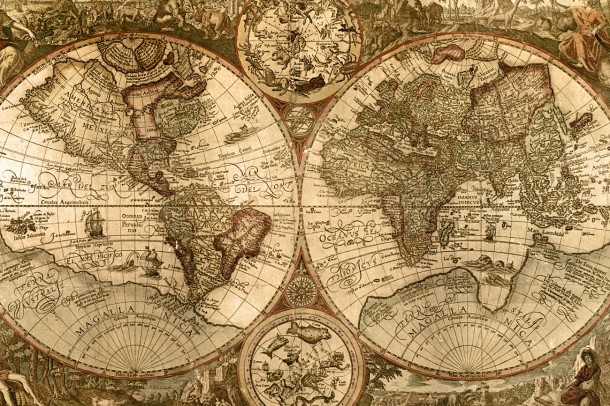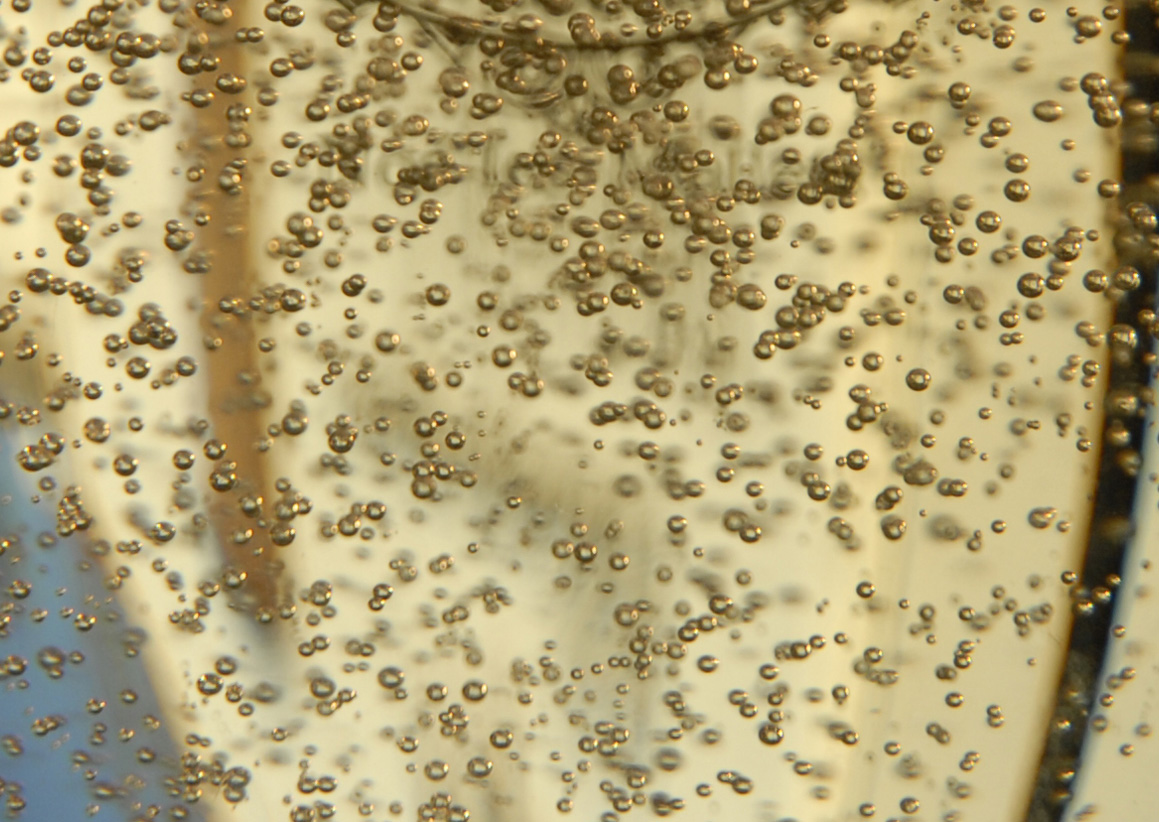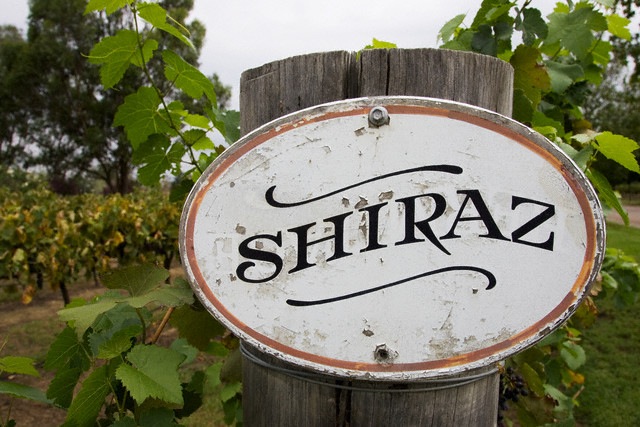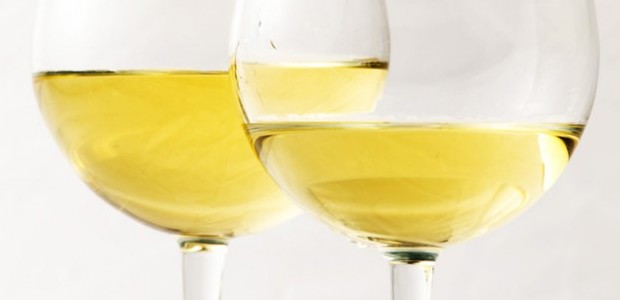Understanding the Old World

One thing I’ve noticed that causes confusion among wine consumers is how to decipher European wine labels. Consumers from the US and other developing wine markets tend to understand wine based on the predominant grape, meaning you buy a Cabernet Sauvignon or Chardonnay, etc.
The vast majority of Europe, however, traditionally names wines after the region the wine is produced: Bordeaux, Burgundy, Chianti, etc. The main problem this presents for consumers is that they’re often not familiar with what the wine regions of Europe have to offer in the bottle. Just what is Chianti? What are you drinking when you grab a bottle of white Bordeaux? Here’s some detail on those major old world wine regions to help you in your beverage knowledge.
Bordeaux
It only makes sense to start in France with Bordeaux. Bordeaux produces three main red wine grapes: Cabernet Sauvignon, Merlot, and Cabernet Franc. They also grow Petite Verdot, Malbec, and Carménère in smaller quantities. Most Bordeaux red will be a blend with Cab Sauv or Merlot dominating. In general, regions on the north banks of the Garonne River make predominantly Merlot, and regions on the south bank make predominantly Cab Sauv. Bordeaux also produces white and dessert wines which are a blend of the grapes Sauvignon Blanc and Sémillon.
Burgundy
Burgundy, despite cheap California knock-offs, tends to be pricy wines from the north of France. There are some exceptions, but as a rule of thumb, red Burgundy is Pinot Noir, white Burgundy is Chardonnay. This is true for all appellations you find: Pouilly Fuissé, Mâcon Villages, etc. If you ever need to buy a bottle of red Burgundy for cooking, go with a Pinot Noir and not a blend of sour reds from the Central Valley California. And Chablis is not cheap, tart, undefined white in a jug; it’s the steely Chardonnay wines of distinction from Burgundy’s northernmost appellation.
Champagne
Champagne of course is always a favorite. The grapes behind the wine are a combination of Chardonnay, Pinot Noir, and a grape called Pinot Meunier. Color comes from the grape skins, not the juice, so even all Pinot based Champagne can be white in color.
Chianti
Chianti is a region of Tuscany near Florence. There are a few sub-regions you’ll see such as the Chianti Classico. The heart of Chianti wine is the grape Sangiovese. There are other grapes used, but they’re traditionally grown amongst the Sangiovese vines and just thrown into the blend at harvest. The famed Brunello di Montalcino wines are also a clone of Sangiovese. Domestic knock-offs are just a blend of undefined tart reds. Rioja from Spain is the mix of Tempranillo and Garnacha grapes when the wine is red. Much less common is the white made primarily from Macabeo and some Garnacha Blanca typically.
Riesling
The wines of the German Rhine and the Mosel River Valleys are far and away the home of Riesling. They are typically quite crisp in acidity, and can range in sweetness from bone dry, to syrupy dessert selections, with the vast majority being a drier style. Domestic jug quality knock-offs are usually neutral white grapes for volume with some muscat types thrown in for character. There are many other old world regions, and I could go on or several months’ worth of articles. Those above are the ones the average consumer will come across in routine shopping.
Others
I want to give a list of some other major regions you may hear of and the grapes associated with them. Vouvray is Chenin Blanc. Alsace is Riesling, Gewürztraminer, and Pinot Blanc. The Rhone Valley is Syrah in the north, and a blend of many reds in the south with Grenache and Mourvèdre figuring significantly. Rhone whites are mostly Viognier, Marsanne, and Roussanne. Wines from the Loire are mostly Cabernet Franc when red, or either Sauvignon Blanc or Chenin Blanc when white. Look for Grüner Veltliner from Austria. Portugal has several types, but Touriga Nacional is their red all-star from the Douro and Dão. Puglia in Italy is often Primitivo. And the last ones I’ll mention are the Nebbiolo based wines of Italy’s Barolo and Barbaresco.
Because the label doesn’t say Cabernet Sauvignon or Chardonnay, there is no reason to fear European wines. Learn some of the simple basics as to where places are in Europe, and what they grow, and you’ll be the expert next door in no time.



